Search

SDSU Research Shows Effects Of Volunteer Corn In Corn And Soybeans
In 2007, researchers at South Dakota State University indicated that volunteer corn is much less competitive in corn than soybean. The South Dakota study (Alms et al. 2007) evaluated the full season effect of a range of volunteer corn densities (800-14,000 plants/acre) on both corn and soybean and reported yield losses that ranged from 0% to 13% in corn and 0% to 54% in soybean.
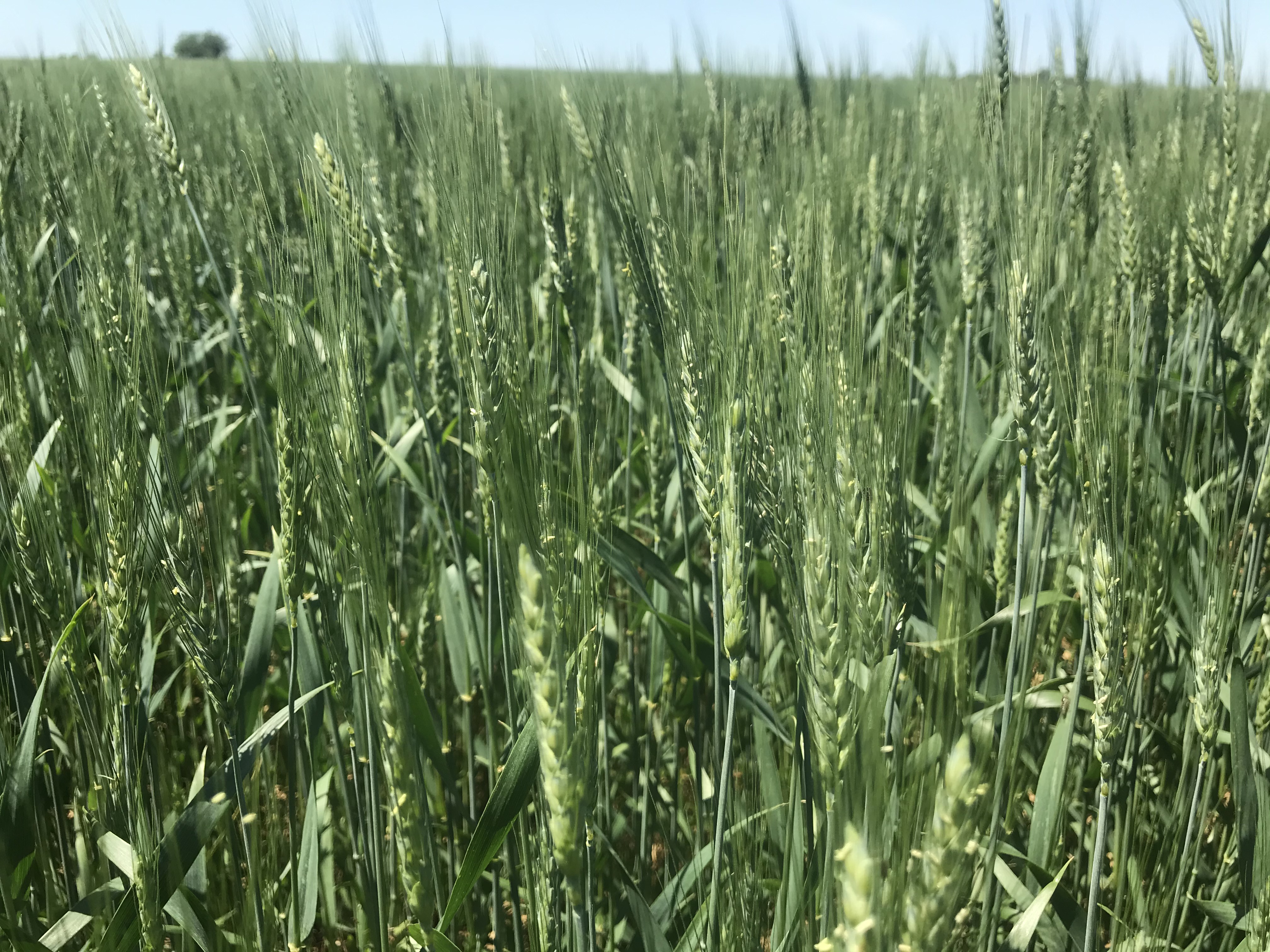
Crop Hour
SDSU Extension will deliver a series of virtual Crop Hour webinars starting January 9 through March 7, 2024, every Tuesday, Wednesday and Thursday from 10:00 a.m.-11:00 a.m. CST.
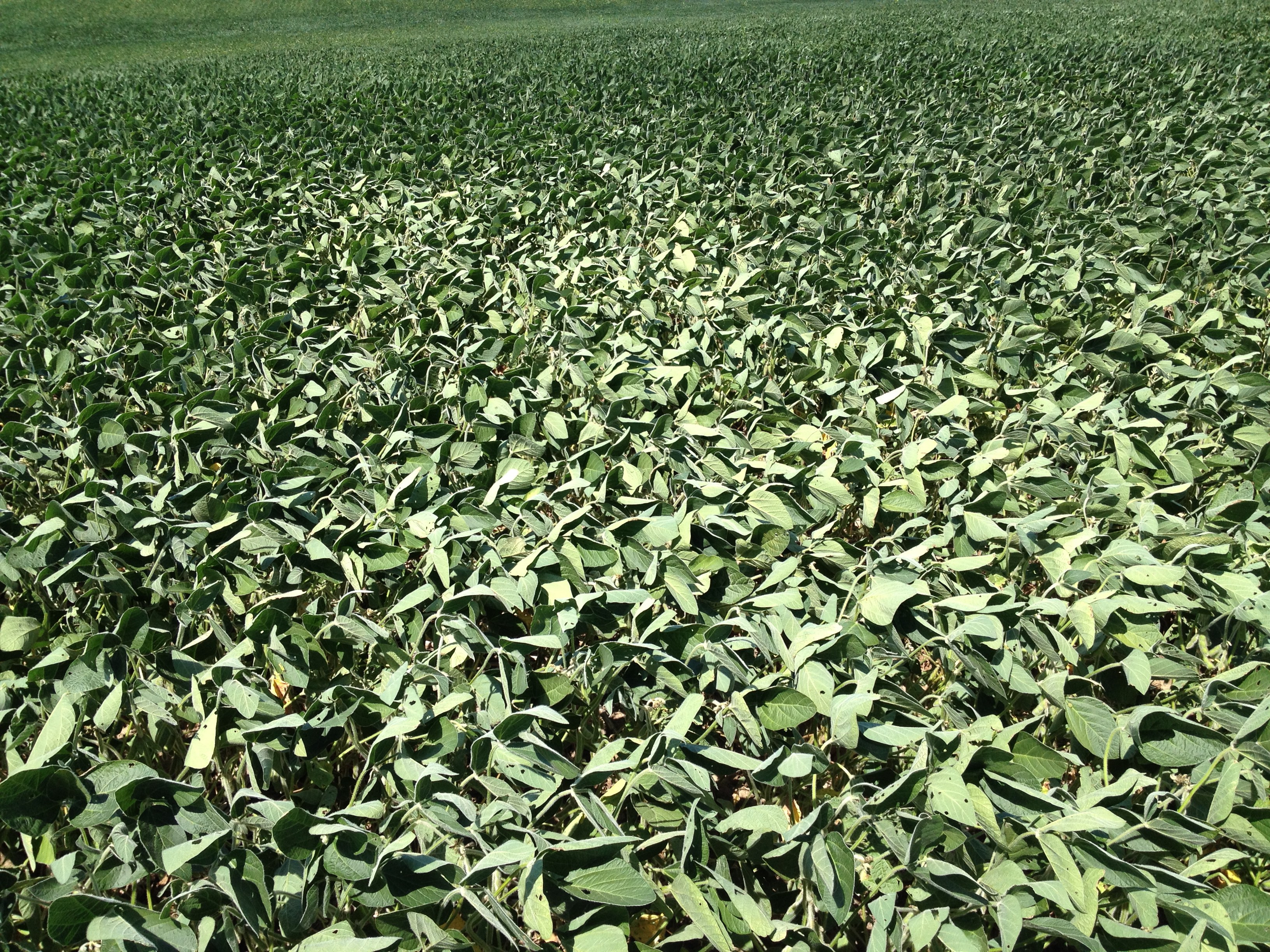
Drought Stress Symptoms in Soybean
Soybeans in South Dakota are in their moisture-critical reproductive stage. Drought stress during this growth stage can significantly impact yield, so here are some things to look for.
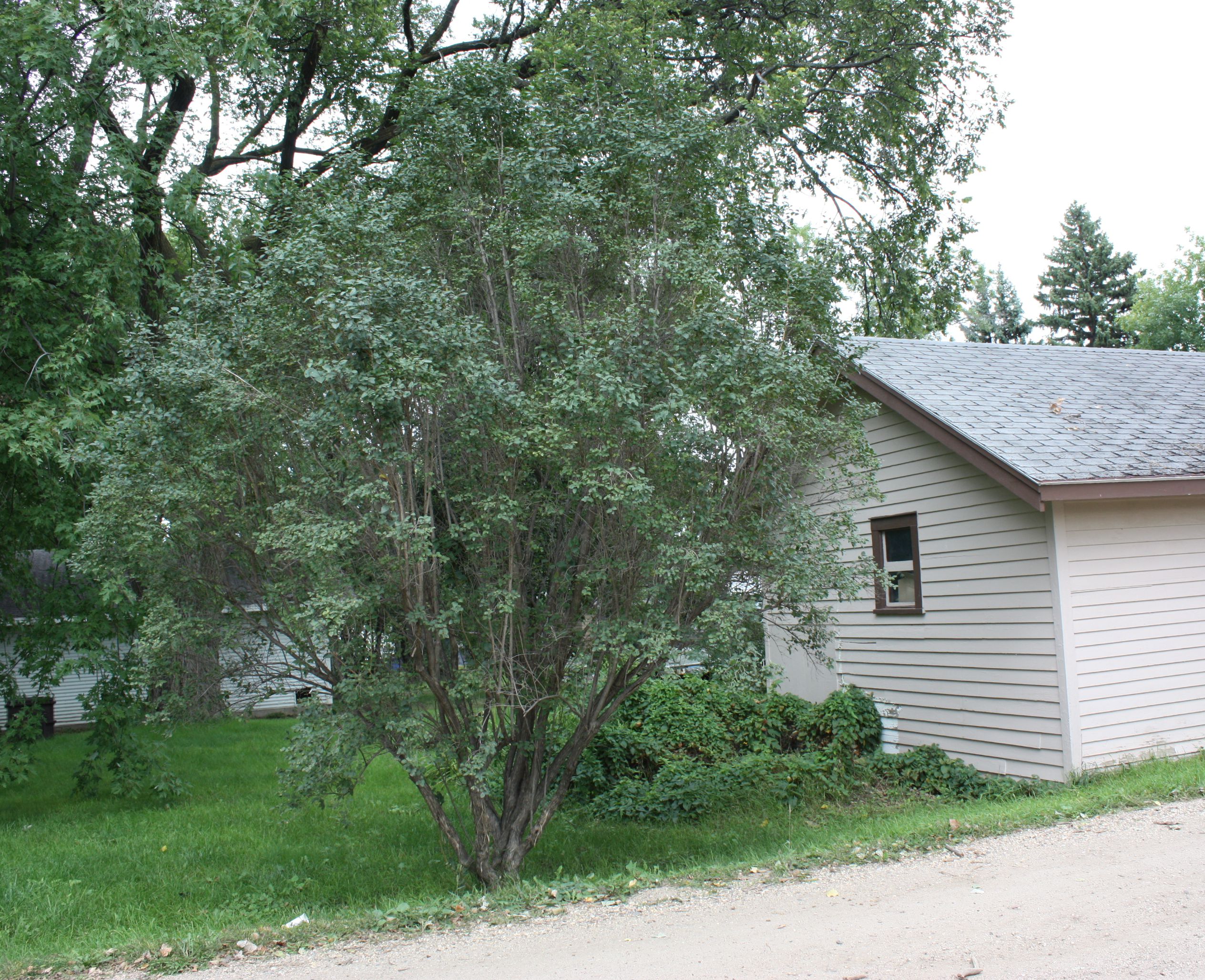
Woody Weeds: Tatarian Honeysuckle
Tatarian honeysuckle (Lonicera tatarica) was brought to North America from Asia in the mid-18th century for ornamental uses. In South Dakota it was also used as a windbreak species until the 1980s.
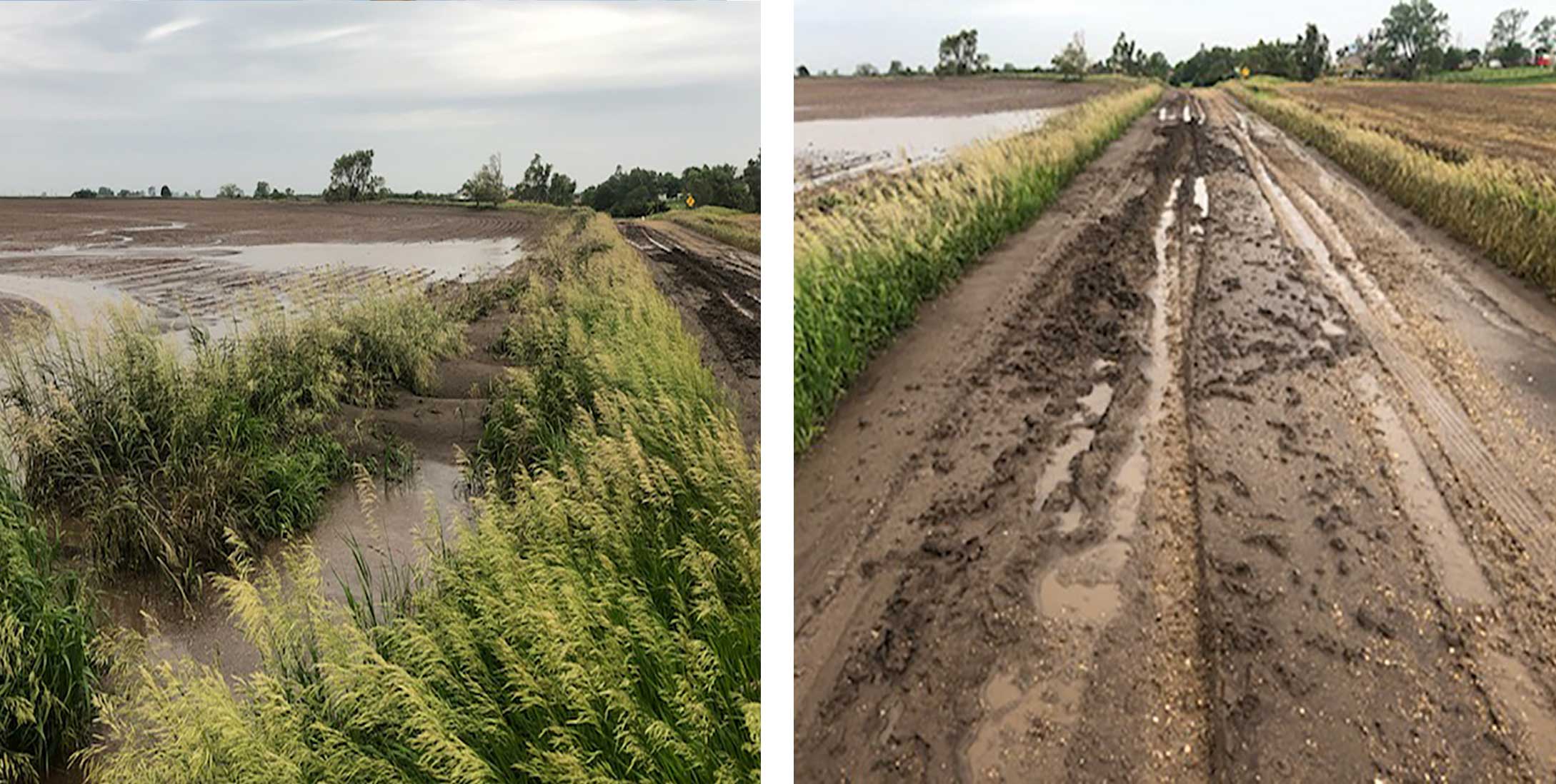
Multiple Rounds of Severe Weather Bring Heavy Rainfall, High Winds, and Soil Erosion
A combination of tillage, no residue, and lack of crop canopy can lead to severe erosion and topsoil loss in the face of extreme weather patterns in the spring. The most effective strategy for producers to adapt to these extreme events is to improve soil health.

Round Bale Storage Conservation
Fact sheet discussing conservation of round bale storage.
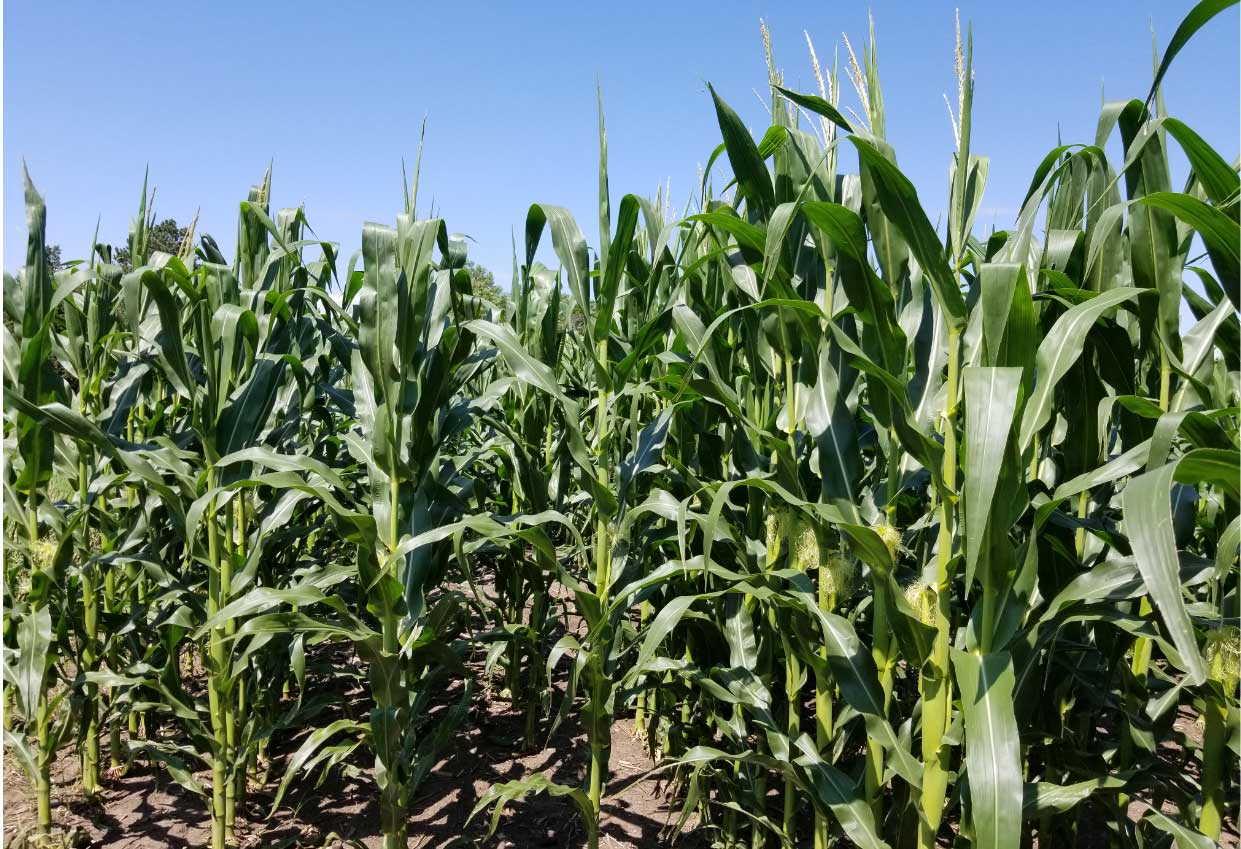
Flowering in Corn
Corn is at or near the most critical growth condition. Successful flowering and pollination are very important in determining the fate of the kernel setting and development. This article summarizes the pollination process and the effects of dry, hot conditions on pollination.
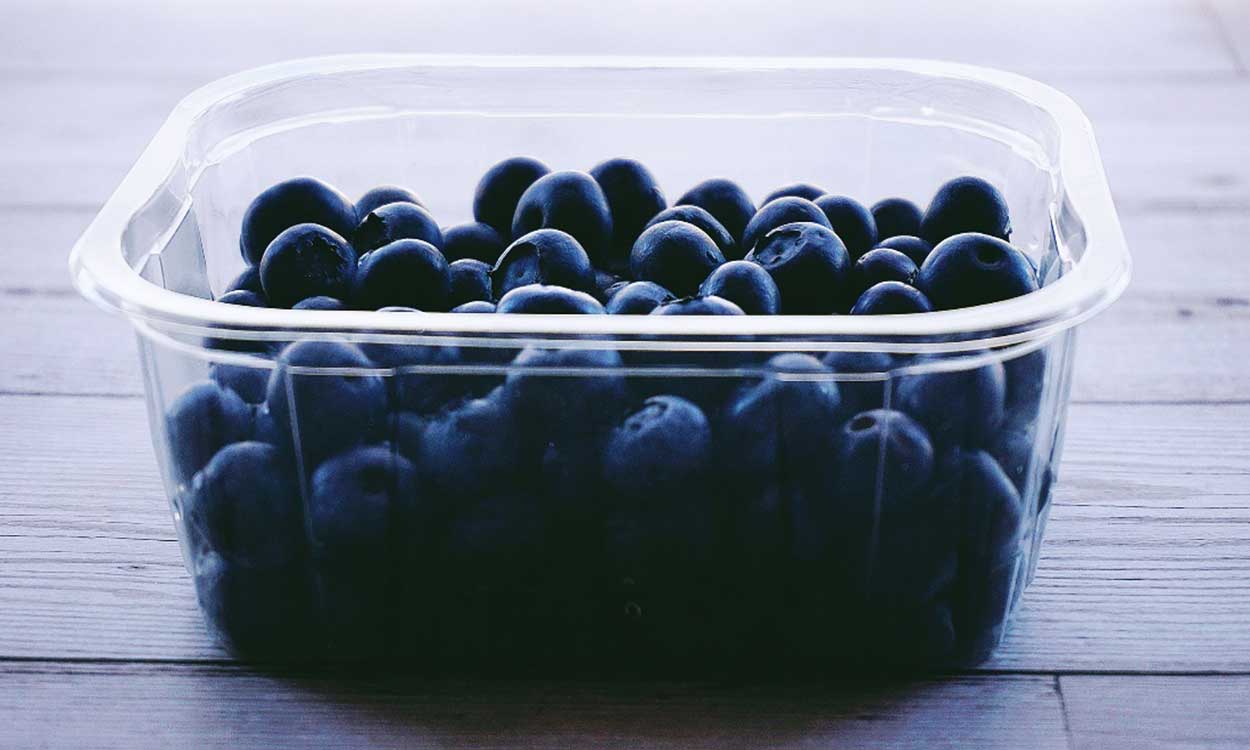
Have Excess Produce? Freeze It!
Freezing is one of the easiest forms of preserving food. It reduces food waste, saves money and allows you to have quick quality produce on hand at all times. The

Steam Canning
Steam canning is a quick and simple method of preserving produce using steam. While steam canning was previously not an evidence-based practice, recent research indicates steam canning may be a safe home food preservation method for canning naturally acidified foods.
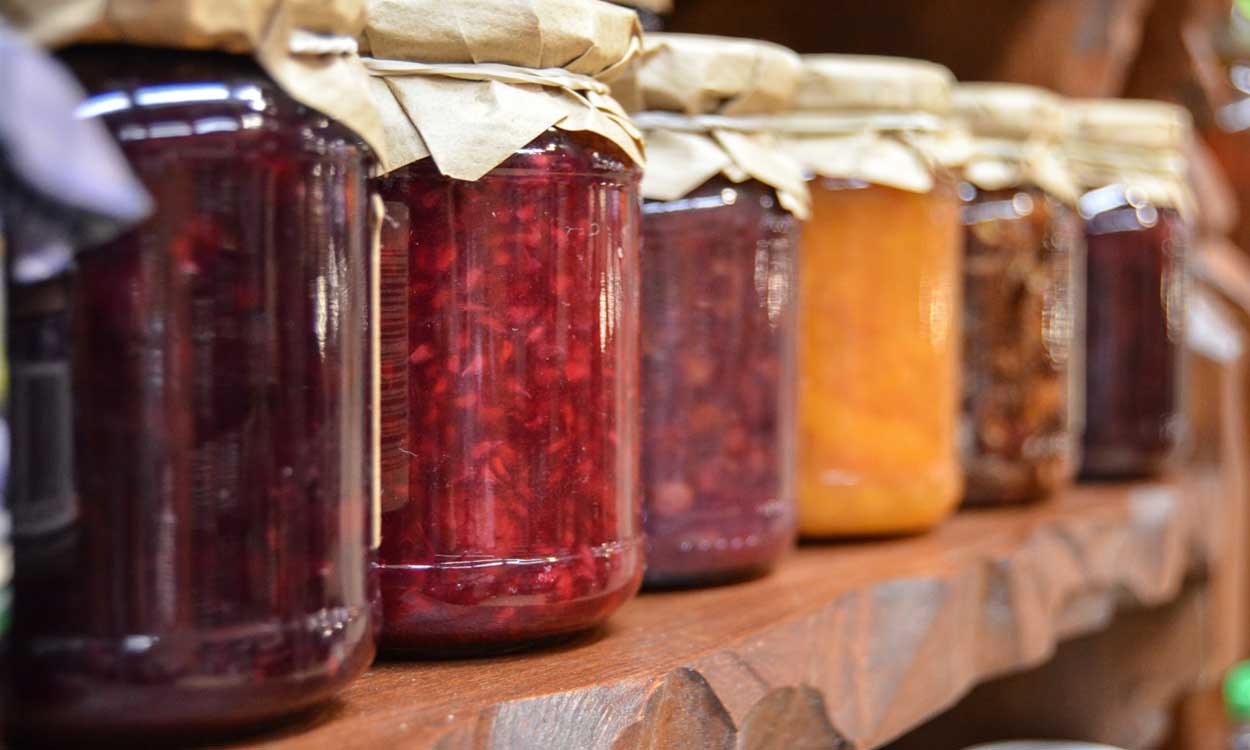
Canning Jams and Jellies
Sweet fruit products like jelly, jam, preserves, conserves and marmalades are jellied or thickened and preserved by sugar. The differences between the fruit products are categorized by the way they are prepared, proportions of fruit, pectin, acid and sugar in the mixture and the method of cooking.